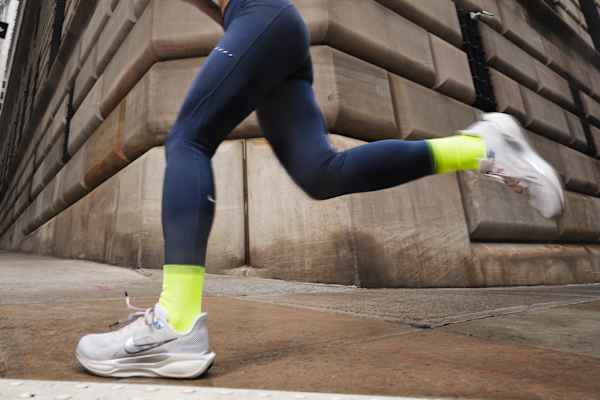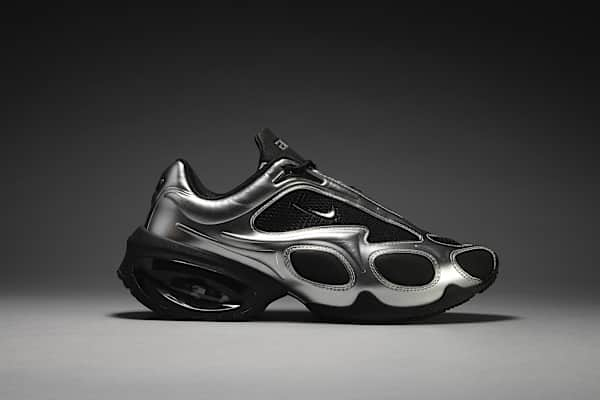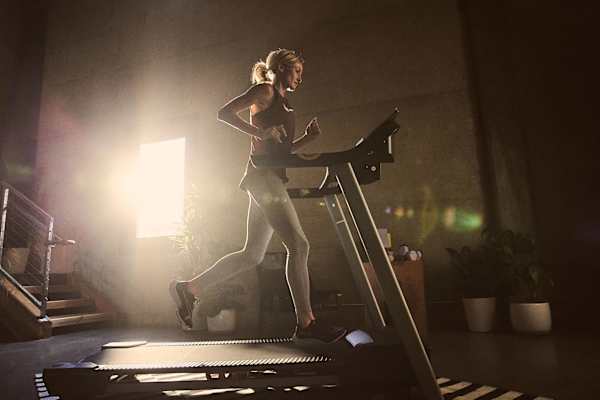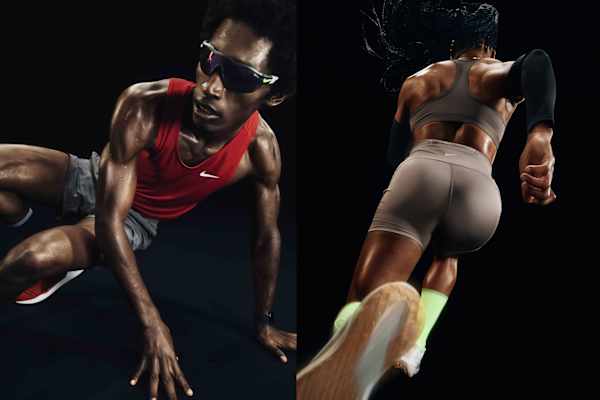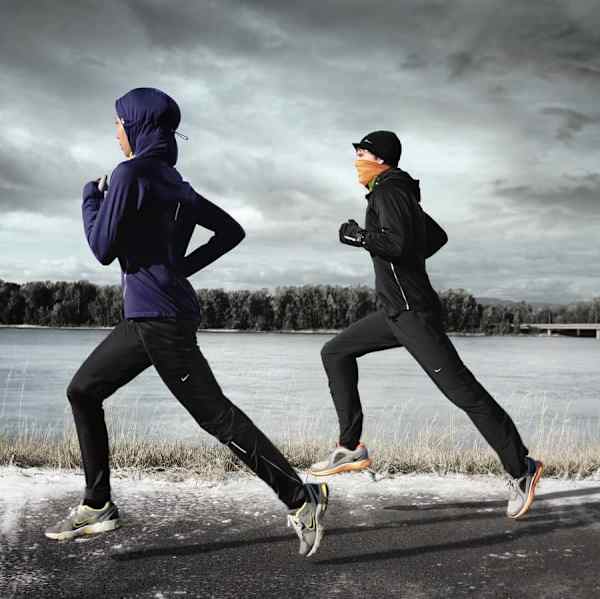Best lightweight running shoes by Nike
Buying guide
Nike offers a broad selection of lightweight kicks—from long-distance running shoes to those more suitable for sprints—sure to appeal to everyone.
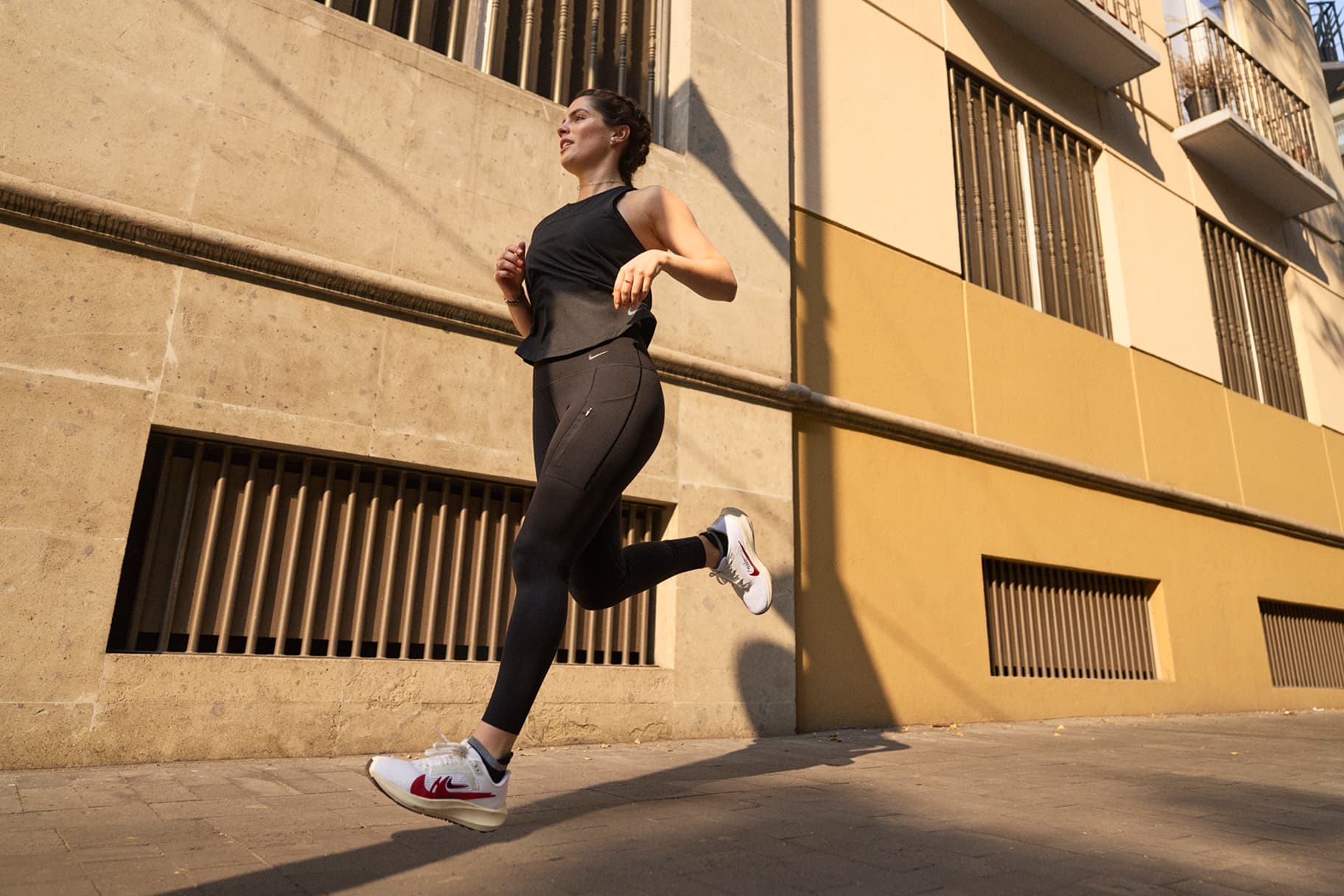
The details matter when choosing the best lightweight running shoes. Whether you're looking to cover long distances, take a casual jog or train for a sprint, picking the right running shoes can help you cross the finishing line—faster and more comfortably. At Nike, a commitment to innovative design and material choices, like ZoomX foam and lightweight knit uppers, have helped to hone in on lightweight running shoes for casual runners and competitors.
Why does the weight of running shoes matter? The lighter the running shoes are, the less effort they require when on the move. That can lead to better performance, whether that means distance or speed. With lightweight running shoes, even those with heavy cushioning won't feel clunky or awkward when in the middle of a workout. To help you find the best lightweight running shoes for your specific needs, Elliott Heath, Expert Product Line Manager, Global Footwear at Nike, breaks down the styles to consider for everything from trail running to training to help you achieve your personal best.
Best lightweight running shoe for training: Pegasus
Heath recommends the Pegasus line to men and women looking for a shoe for everyday running or training for an upcoming race. The lightweight design uses React technology and two Zoom Air units to provide cushioning, letting you log miles in the Pegasus. Going one step further, the Pegasus Turbo is a faster and lighter version of the Pegasus, created with ZoomX foam. Hot tip: Heath notes that a new model coming later this year "will be an even better expression of lightweight", so keep an eye out.
Best lightweight cushioned running shoe:
Invincible 3 or Vomero 17
For a softer and more comfortable run, consider shoes with cushioning, an option that still counts as a lightweight running shoe. "Of our current models, The Invincible 3 and Vomero 17 are good options if someone is looking for a lighter-weight cushioned shoe", Heath says. The Invincible 3 is designed with a breathable FlyKnit upper and ZoomX foam midsole for cushioning and a soft ride. For the Vomero 17, the stacked combination of ZoomX foam and Cushlon 3.0 foam through the midsole offers enhanced comfort. "They are not lightweight relative to the Pegasus, but they are compared with other cushioned shoes like the Infinity 4", Heath says.

Best lightweight racing shoe: Streakfly
Of all the racing shoes available, Heath recommends the Streakfly as the best option. "With racing, lightweight becomes an even higher priority for shorter distances, which is why the Streakfly is built for short-distance road races", he says.
The lightest racing shoe from Nike (185 grams for a men's size 10), the Streakfly utilises ZoomX foam through the midsole, a rubber outsole for traction and an ultra-thin knit upper to keep you light on your feet. Other racing styles, such as the Nike Vaporfly and Alphafly, are not the lightest overall but are created to be light and suitable for further distances. The Vaporfly and Alphafly may be better lightweight options for running longer races.
Best lightweight running shoe for trails: Ultrafly or Kiger
Don't let the trails slow you down. If you want to be nimble and speedy through different terrains, Heath suggests either the Ultrafly, with a carbon plate and ZoomX foam, or the Kiger, designed with Nike React foam. Both are great lightweight trail-running shoes for men and women, he says. You'll feel supported in motion but still able to move quickly through every switchback.

Best lightweight running shoe for stability: Structure
If stability tops the must-have list in your search for the perfect running shoe, a lightweight option may not be as important. Heath suggests the Structure as the best bet for balancing support and weight. It is designed with Cushlon 3.0 foam and has a cushioning Zoom Air unit in the forefront. A higher stack height keeps you steady. "I don't think we would call it lightweight, but we also wouldn't call it heavy", he says. "There isn't really another model in our line to have a strong relative comparison to claim lightweight".
Frequently asked questions
Are lightweight shoes better for running?
The best shoes for running depend on how you intend to use them. Weight, comfort, durability, responsiveness and stability are characteristics to consider when buying a new pair of shoes, but they can also be at odds with one another. "Rather than maximising just one of those characteristics, the magic is often in finding the right balance of them to serve the needs of a runner", Heath says. Lightweight running shoes are important for those focused on speed, as they can help runners go faster.
What is considered a lightweight running shoe?
"Lightweight is a relative measurement. Or, in other words, it matters what you are comparing it with", Heath says. Different styles of running shoes will weigh different amounts depending on the materials used and their intended purpose. Heath adds that, generally, the lightest version of any other qualifier—for example, the lightest racing shoe or the lightest stability shoe—will be the faster or more premium version of that shoe. Still, it may not be the lightest running shoe overall.
Words by Aemilia Madden
